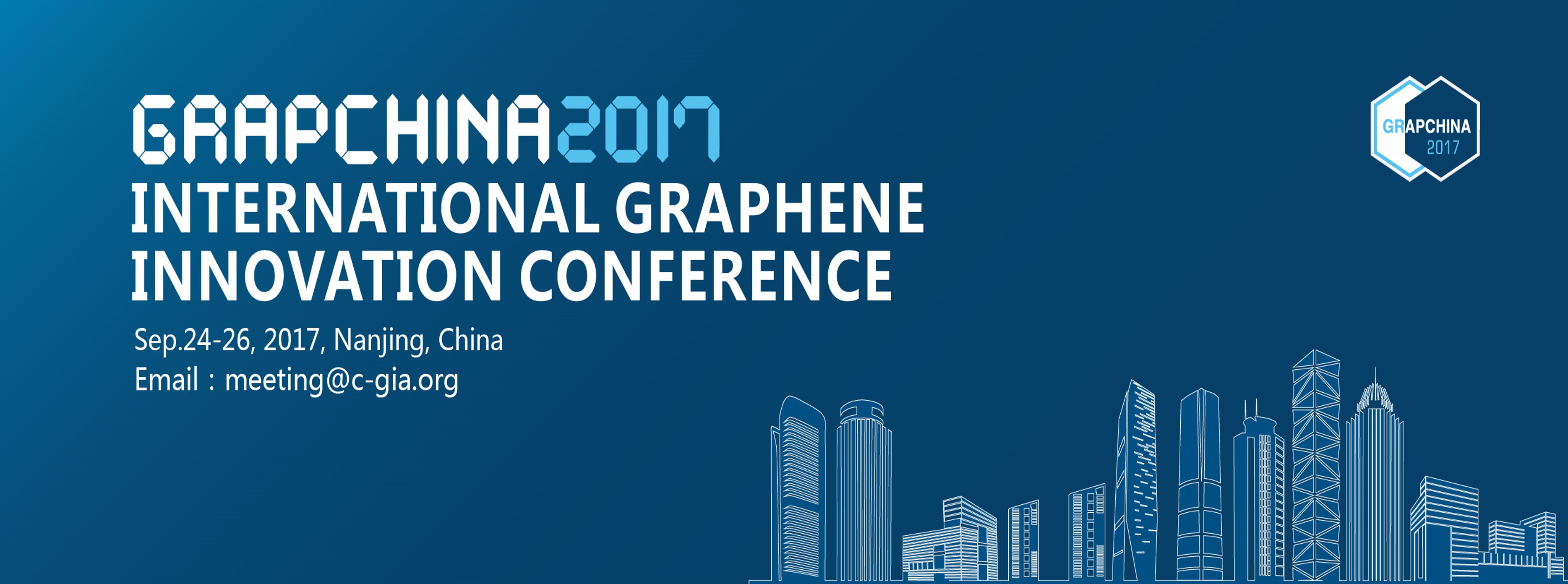A novel type of multifunctional skin-like sensor based on a 3D printed thermo-responsive hydrogel has been reported in a new article, published in Materials Horizons. This study presents a simple strategy to transduce the volume phase transition behaviors of stimuli-responsive hydrogels into reliable electrical signals, which might be helpful to develop biocompatible skin-like sensors based on hydrogels with a wide range of sensory capabilities.
The strategy, developed by Professor Peiyi Wu and colleagues at Fudan University, is based on two key points:
- Capacitive sensors in a parallel-plate configuration are sensitive to changes of the conductive area, thus allowing area changes (corresponding to volume phase transition behaviors) of stimuli-responsive ion-conducting hydrogels to be transduced into capacitance signals.
- Microstructuring the conductive layers with a sub-millimeter resolution enhances the relative area changes upon stimulation, thereby magnifying the capacitive response signals.
A thermo-responsive hydrogel was used in this work and the microstructure was fabricated by an advanced 3D printing technique. Wu’s group demonstrated that the microstructured hydrogel effectively magnified the capacitive area changes upon external stimuli (i.e., temperature and pressure). The prepared skin-like sensor could sense body temperatures, gentle finger touches and finger bending motion.
This work not only indicates that stimuli-responsive hydrogels are promising candidates for artificially intelligent skins, but might also enrich the design of skin-like sensors for future artificial intelligence, wearable devices and human/machine inter-action applications.
A 3D printed thermo-responsive hydrogel is designed as a novel multifunctional skin-like sensor, which could sense body temperature, gentle finger touches and finger bending motion.
Mengye Wang is a member of the Community Board for Materials Horizons. Currently, she works as a postdoctoral fellow in the Department of Applied Physics at The Hong Kong Polytechnic University. She has a keen interest in advanced materials for environmental and energy applications, including photocatalysis and electrocatalysis.



















